Ever wondered why some pictures and designs look really cool and catch your attention?
Well, that’s because of something called graphic design! Have you ever thought about becoming a designer or making things look awesome for your business? If so, it’s super important to know about the different types of graphic design. Making websites, creating beautiful packaging, choosing cool fonts, and designing easy-to-use apps – all of these are part of graphic design.
So, whether you’re a student wanting to specialize or someone who works in marketing and wants to collaborate with designers, learning about these different types of graphic design can help you make things look amazing. Let’s dive into the world of graphic design types and you can also use an online graphics editor that will help your brand to go faster.
Table of Content
- 17 Different Types of Graphic Design
- Website Graphic Design: Key in Diverse Graphics
- Dynamic Graphic Design: Motion Graphics
- 3D Design: Shaping Graphics
- Advertising Graphic Design: Varied Focus
- UI/UX Design: Essential in Graphic Design
- Illustration Design: Graphic Creativity
- Experiential Design: Elevating Graphic Interaction
- Brand Identity Design: Graphic Narratives
- Packaging Design: From Pixels to Packages
- Publication Design Fusion: Melding Graphic Artistry
- Editorial Design: A Graphic Approach
- Game Design: Influence of Graphic
- Typography Design: Letters to Layouts
- Environmental Graphic Design: Concepts to Spaces
- Data Visualization Design: A Graphic Art
- Customize T-shirt Design: With Graphics
- Human-Centered Design: Using Graphics
- The Benefits of Graphic Design
- Conclusion
- FAQs
17 Different Types of Graphic Design
1. Website Graphic Design: Diverse Graphics
When it comes to creating an impactful online presence, visual communication is paramount. People are naturally drawn to images, colors, and graphics that resonate with their interests and preferences. This is where web design takes center stage. Skilled designers meticulously craft websites that utilize a diverse range of graphics, from captivating images and infographic design to engaging videos and animations.
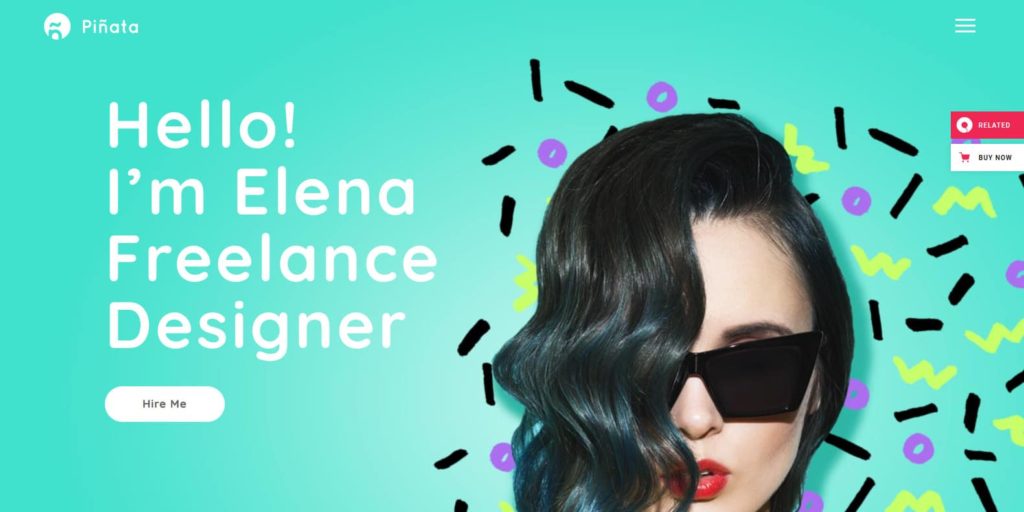
Effective graphic design and UI/UX Design Services ensure a harmonious balance between aesthetics and functionality, making the website more user-friendly and memorable.
An example of web design utilizing graphics like the online fashion retailer, where vibrant images of products are complemented by well-designed buttons, typography, and color schemes.
Similarly, a portfolio website for a photographer could showcase a gallery of stunning images using innovative layouts, illustrating the power of graphic design in conveying the artist’s vision.
Examples of – where to use ‘website graphic design’: Website introductions, E-commerce websites, Blogs and online magazines, Portfolio analyzer websites, Corporate websites, Landing pages, Social media post design, Infographics, Mobile app designs, etc.
2. Dynamic Graphic Design: Motion Graphics
Graphic design plays a role in the realm of ‘Motion graphics’, which brings dynamic visuals to life through movement and enhances storytelling and communication. Motion graphics combine design principles with animation, transforming static elements into captivating visual narratives. If you’re looking for film developing Adelaide services, this aspect of graphic design can further enhance your visual projects with seamless transitions and creative animations.
Think about when a movie starts, and you see words and pictures that blend together nicely. This makes the beginning interesting and sets the mood for the movie.
Also, in videos for learning, you might see moving pictures that explain hard ideas with drawings and charts. This makes it easier to understand.
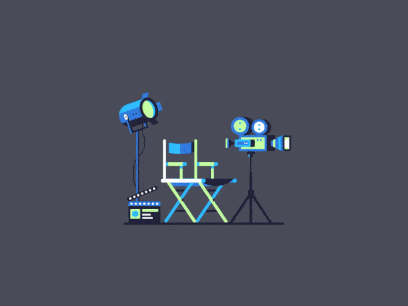
When you add special designs to these moving pictures, it makes presentations, ads, and things with pictures and words more attractive and interesting.
Examples of – where to use ‘motion graphics design’: Film opening credits, Educational videos, Advertisements poster, Presentations, Social media content, Website introductions, Event displays, Product demos, Music videos, and Interactive media, etc.
3. 3D Design: Shaping Graphics
The 3D design transforms ideas into immersive, lifelike spaces and objects using textures, colors, and lights, such as in architectural visualization. It helps make amazing, lifelike spaces and things. It uses textures, colors, and lights to create scenes that look real and interesting. One cool example is architecture. They use it to show how buildings will look even before they’re built.
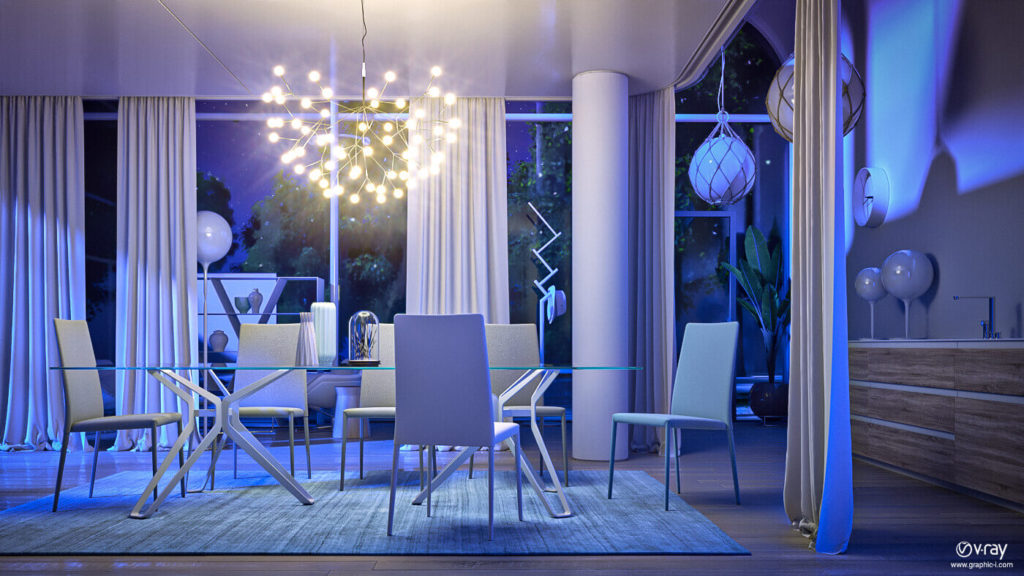
Just like that, in making things, graphic designers use 3D modeling and pictures to show lifelike models, helping to make designs better.
Mixing graphic design rules, 3D design finds a nice balance between how things look and how they work, making cool pictures that bring dreams closer to real life.
Examples of – where to use ‘3D design graphics’: Product prototyping, Architectural visualization, Video games, Film and animation, Interior design, Medical imaging, Fashion design, Industrial design, Virtual reality (VR), Augmented reality (AR), etc.
4. Advertising Graphic Design: Varied Focus
This category of graphic design involves producing promotional content like brochures, flyers, posters, and ads. By artfully blending typography, imagery, and layout, this form of design captures attention and cultivates a strong visual identity.
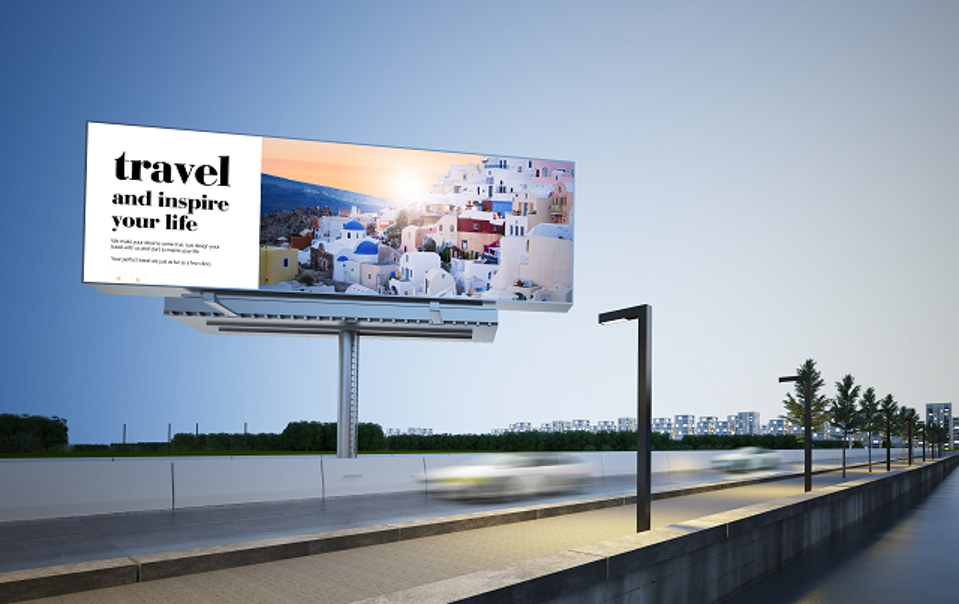
The objective of advertising design is to communicate a clear and persuasive message that makes the audience take action, such as making a purchase or signing up for a service.
Moreover, to streamline this process, individuals often utilize specialized tools like a flyer maker tool. Which aids in designing impactful promotional materials using graphics. So, try it out now!
Examples of – where to use ‘advertising graphic design’: Print ads, Social media graphics, Website banner design, Email campaigns, Billboards design, Packaging design, Product illustrations, Infographics, Trade show booths, Digital ads, etc.
5. UI/UX Design: Essential in Graphic Design
UI designers and UX designers are involved in creating how things look and feel when we use them on computers or phones. Their job is to create CRO-friendly e-commerce design. It’s like making sure everything is in the right place and easy to understand. This kind of design is really crucial not just for websites, but also for apps on your phone.
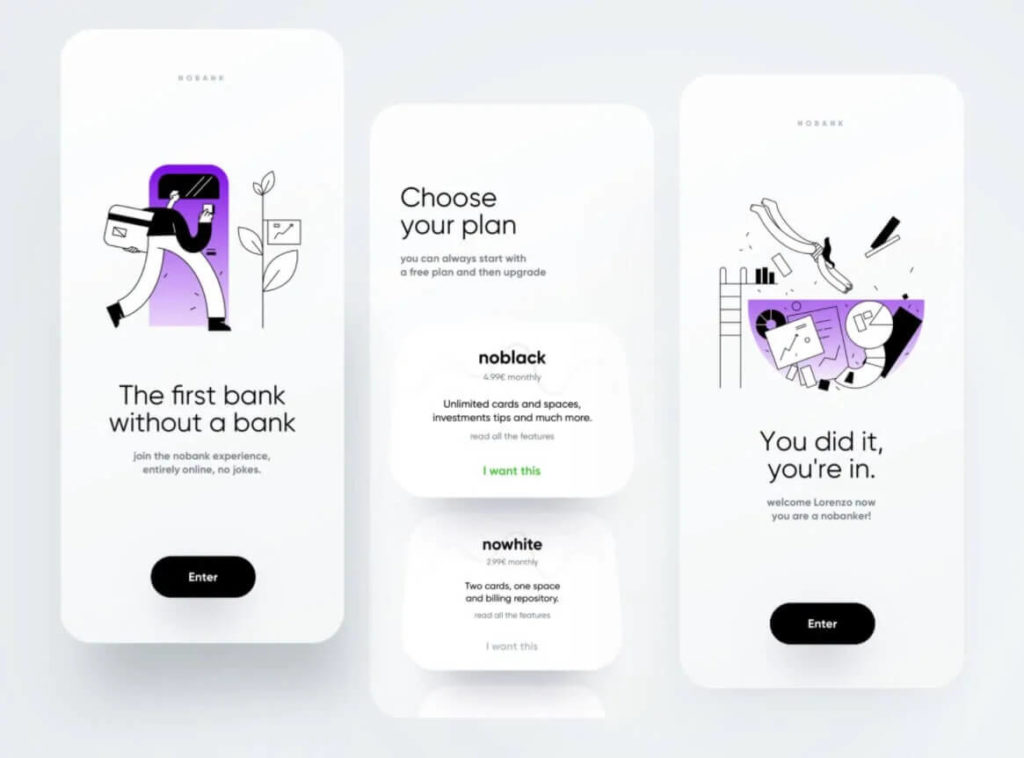
When designers work on UI graphic design and UX graphic design, they decide where buttons should be, how the colors and pictures should look, and even how things move when we touch or click on them. Angular development, on the other hand, takes these designs and brings them to life by implementing the necessary functionalities and interactivity. For businesses looking to implement such designs into functional websites, partnering with reputable web development companies is crucial. These companies specialize in translating design concepts into robust, user-friendly websites through technologies like Angular and other web development frameworks
Moreover, User Interface or UI Graphic Design stresses how interactive your graphic design is when the user is interacting with your digital application. This applies to both web and mobile application development & designing.
So, the next time you use a website or open an app, pay attention to the navigation & follow the basics for user experience. Let your website designers work on making the UI responsive, i.e. create a mobile responsive website functional & easy to use. It’s all good when your UI & UX are in harmony, and some free UI/UX design tools would help to fully visualize, test, and iterate your app or website design ideas before diving into the development process.
In the realm of e-commerce, such as creating your online store with platforms like Shopify or Appy Pie’s AppMakr, ensuring a seamless user experience is paramount. Emphasizing accessibility is key, and integrating tools like Shopify accessibility solutions can significantly contribute to a positive and inclusive online shopping experience. If you’re looking to optimize your Shopify store and enhance its accessibility features, consider leveraging Shopify development services. As Shopify has become a popular e-commerce platform, millions of store owners have launched their online stores there. However, Shopify still lacks a strong mobile app for vendors. To get the best mobile app for Shopify store, consider hiring the right team along with top-notch UI/UX experts.
Examples of – where to use ‘UI/UX design graphics’: Mobile apps, Websites, Software interfaces, Gaming interfaces, E-commerce platforms, Wearable technology Interfaces, Smart home control panels, etc.
6. Illustration Design: Graphic Creativity
Illustration graphic design is a creative medium that seamlessly blends artistry and communication. This type of design involves crafting visually captivating and imaginative visuals, often incorporating hand-drawn or digitally rendered elements.
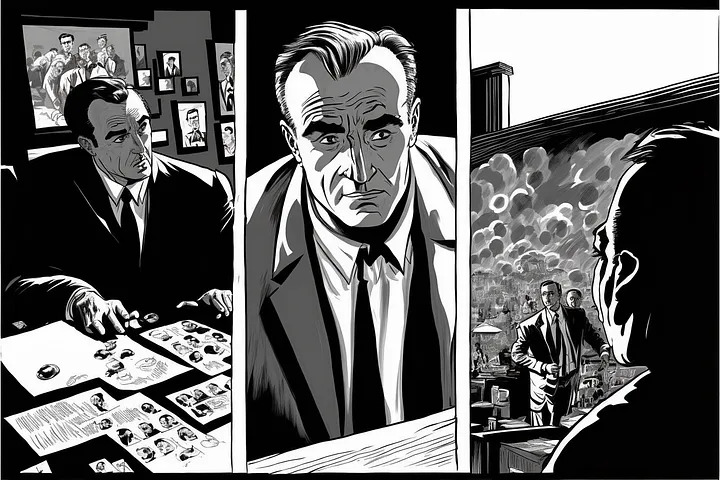
Its impact lies in its ability to convey complex ideas, emotions, and narratives through compelling visuals, making it a powerful tool for storytelling and branding.
Elements such as vibrant color palettes, intricate line work, and unique character design are essential in creating eye-catching illustrations that leave a lasting impression on viewers.
Examples of – where to use ‘illustration design’: Book covers, Children’s books, Product packaging design, Comic books, Album artwork, Storyboards, Medical and scientific illustrations, Fashion illustrations, Educational materials, etc.
7. Experiential Design: Elevating Graphic Interaction
Experiential design in graphic design focuses on creating immersive and engaging experiences for the audience. This type of design aims to go beyond visuals and incorporates elements that stimulate multiple senses, like touch, sound, and even emotions. By applying conversion-focused web design principles, these immersive experiences not only captivate visitors but also guide them toward meaningful actions, boosting engagement and driving results.
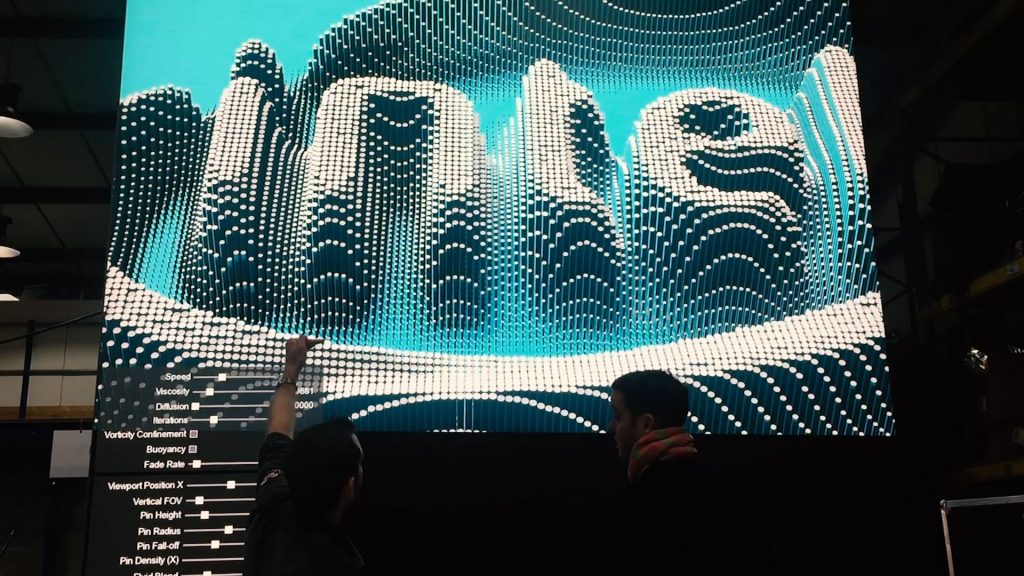
By blending various design elements such as color, typography, imagery, and interactive features, the experiential design leaves a lasting impact on viewers, making them feel like an active part of the design itself.
This approach often involves creating memorable moments that connect people with brands, products, or messages on a deeper level.
Examples of – where to use ‘experiential design’: Trade shows and exhibitions, Event branding and decor, Interactive public installations, Festivals and concerts, Retail visual merchandising, Corporate brand activations, AR and VR experiences, etc.
8. Brand Identity Design: Graphic Narratives
This identity design is a type of graphic design focused on creating a unique and memorable visual representation of a company or product. It involves designing elements like logos, colors, fonts, and imagery that work together to convey a consistent and recognizable brand image. Collaborating with a professional web design agency can ensure that your identity design not only captures the essence of your brand but also resonates effectively with your target audience.
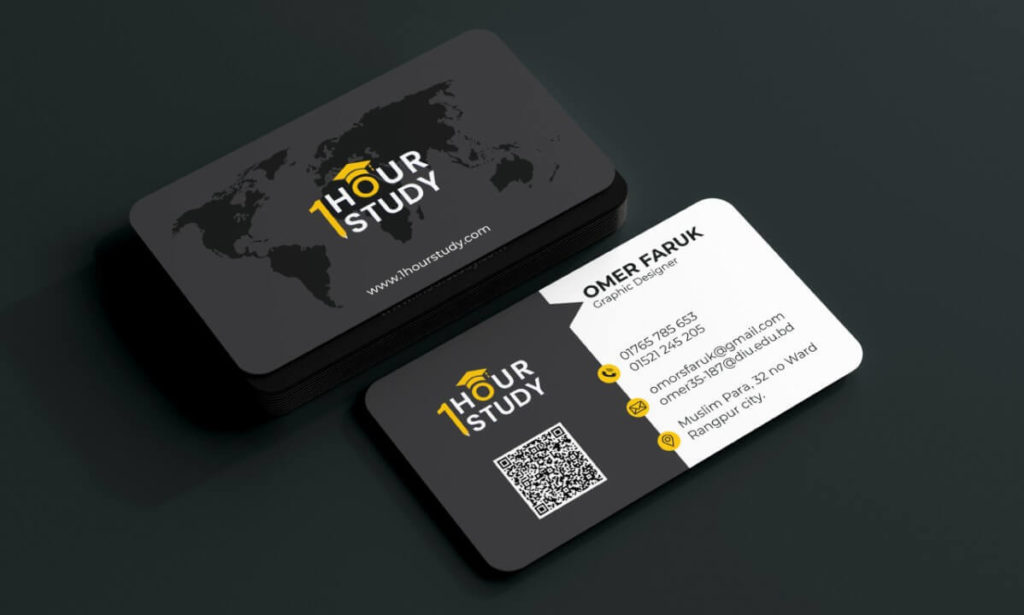
This design shapes how a business is perceived by its audience. When used effectively, a strong brand identity design can establish trust, and make a company stand out.
By combining various elements like a well-designed logo, a harmonious color palette, and typography, brand identity design helps convey the essence and values of a brand.
Examples of – where to use ‘brand identity design’: Logo design, Business cards, Letterhead design and Stationery, Website design, Packaging design, Social media design, Uniform and apparel, Signage design, Advertising campaigns, Marketing collateral, etc.
9. Packaging Design: From Pixels to Packages
It focuses on creating attractive and functional packaging for products. This design plays a crucial role in catching the eye of consumers and conveying essential information about the product inside. The use of packaging design can significantly influence a customer’s decision to purchase.
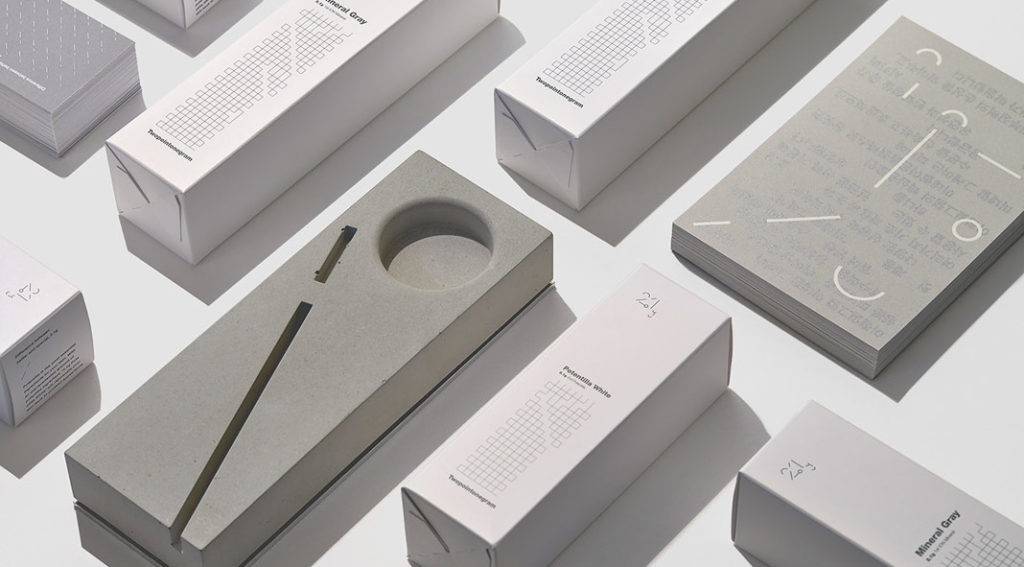
As it communicates the brand’s identity and the product’s features.
Elements like colors, typography, imagery, and logo placement are key components of packaging design that work together to create a visually appealing and informative package.
Examples of – where to use ‘packaging design’: Food and beverage packaging, Cosmetics and beauty products, Electronic device packaging, Pharmaceuticals and medicines, Toys and games packaging, Luxury goods packaging, Pet products packaging, etc.
10. Publication Design Fusion: Melding Graphic Artistry
It creates visually appealing layouts for printed materials like magazines, books, and newspapers. This type of design plays a crucial role in conveying information effectively and engaging readers. It combines text, images, and various design elements to create a harmonious and organized composition.
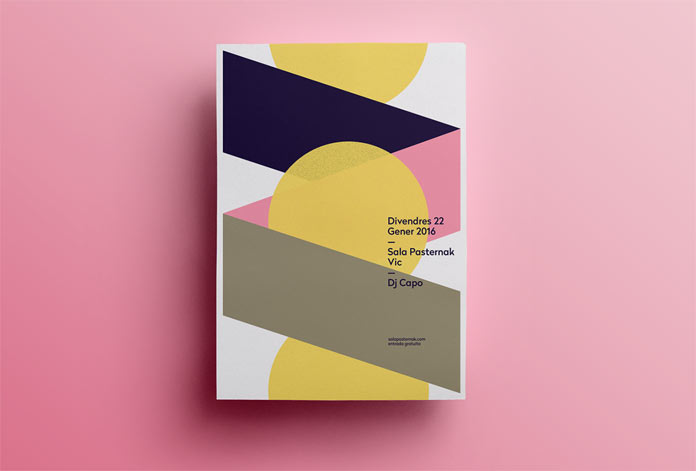
Elements such as typography (font styles and sizes), color schemes, images, and spacing are carefully chosen to enhance readability and capture the audience’s attention.
Publication design is all about making information visually accessible and enjoyable, making it an essential tool for effective communication.
Examples of – where to use ‘publication design’: Magazine cover design, Newspapers, Books, Brochure design, Newsletters, Annual reports, Journals, User manuals, Academic papers, etc.
11. Editorial Design: A Graphic Approach
Editorial design is a part of graphic design that focuses on creating visually appealing layouts for printed materials such as magazines, newspapers, books, and brochures. This type of design plays a vital role in how information is presented, making it easier for readers to engage with the content.
Editorial design involves arranging elements like text, images, and graphics in a harmonious way that guides the reader’s eye and enhances the overall reading experience.
It uses typography, color schemes, and spacing to create a balance between aesthetics and readability, ensuring that the information is conveyed effectively.
Examples of – where to use ‘editorial design’: Infographics, Illustrated maps, Charts and graphs design, Editorial illustrations, Typography layouts, etc.
12. Game Design: Influence of Graphic
It involves creating and planning the rules, mechanics, and overall experience of a video game. In terms of graphic design, this refers to the visual elements that make up the game’s look and feel. The type of graphic design chosen greatly impacts the game’s atmosphere and player engagement.
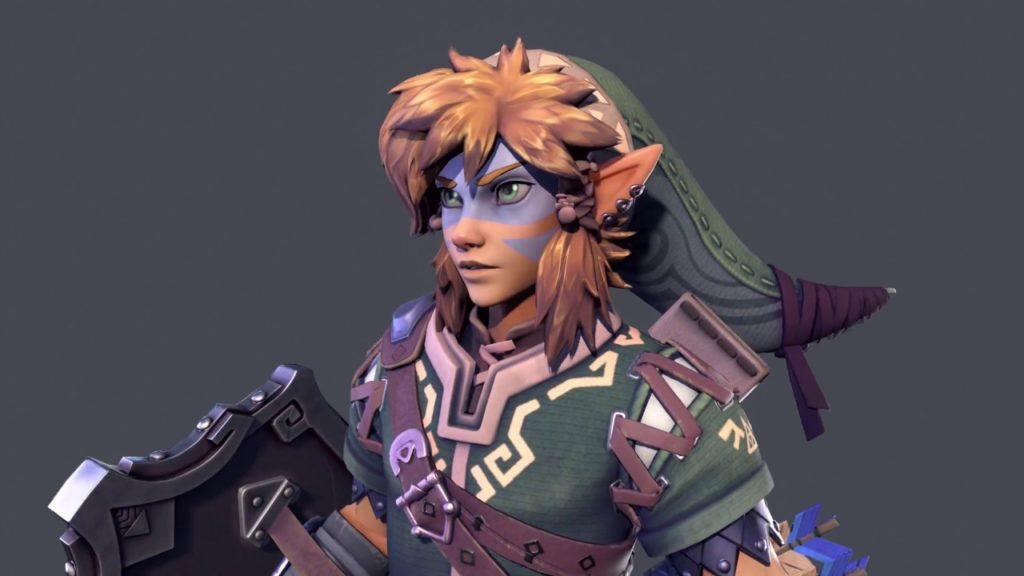
For instance, a realistic design can immerse players in a lifelike world, while a minimalist design might focus on simplicity and accessibility.
Elements such as characters, backgrounds, user interface, and special effects in graphic design work together to shape how players perceive and interact with the game. Specific game items, like the Catwoman pickaxe, exemplify how detailed texture and character-related design can significantly enhance player interaction and the game’s aesthetic appeal.
Examples of – where to use ‘game design’: Character design, Environment design, User interface design, Concept art, 3D models and textures, Animations and motion graphics, Game icons and logos, Visual effects VFX, etc.
13. Typography Design: Letters to Layouts
Typography design is a crucial aspect of graphic design that focuses on arranging and styling text in visually appealing ways. This type of design has a significant impact on how information is communicated and perceived.
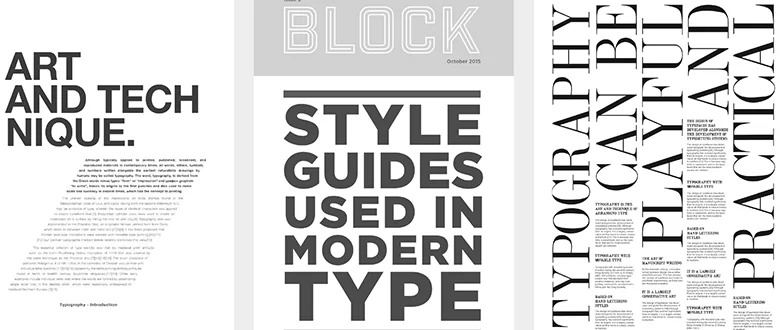
By skillfully combining various fonts, sizes, colors, and spacing, typography design can convey emotions, set the tone of a message, and enhance readability.
Examples of – where to use ‘typography design’: Logo design, Poster design, Packaging design, Book cover design, Website design, Advertising campaigns, Editorial layouts, Mobile app design, collateral, etc.
Also, You may not be coding your website or mobile application by yourself. All you can do is outsource your application development to get better results. For instance, partnering with a mobile app development company can provide the expertise needed. But, you should make sure that you’re consistently involved with your designers to focus on typography design more than making the app look beautiful.
14. Environmental Graphic Design: Concepts to Spaces
Design that focuses on creating visual experiences within physical spaces. It blends elements of typography, imagery, color, and wayfinding to craft engaging environments that are especially important in trade show booths so as to present yourself in a unique manner. This design style has a profound impact on how we navigate and understand spaces.
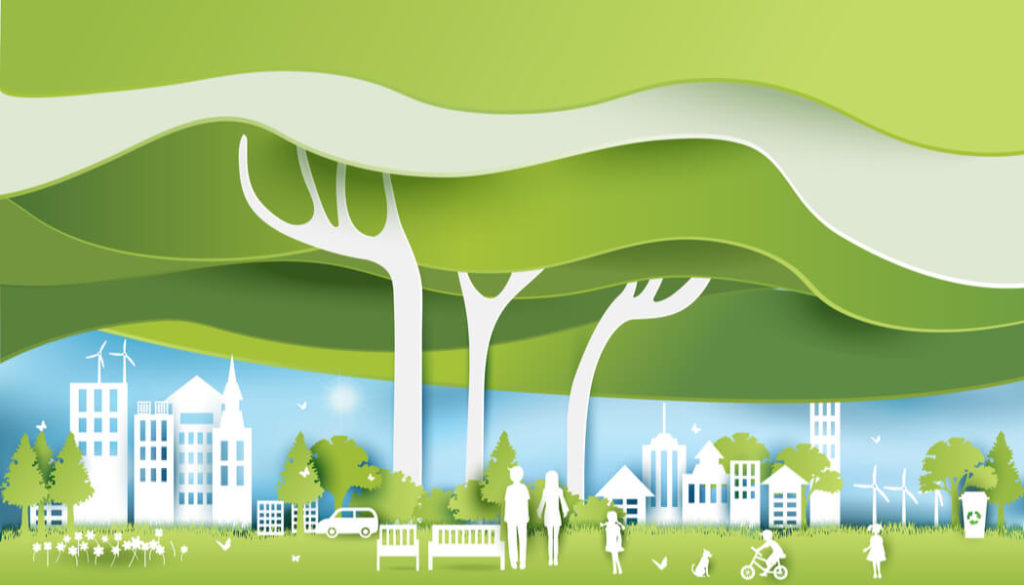
It helps guide people with digital signage, enhances brand identity through consistent visuals, and transforms places into immersive, memorable experiences. Elements such as signs, maps, murals, and interactive displays work together to communicate information and evoke emotions.
In the world of designing for the environment, some artworks care more about important social issues than selling things. These designs, such as those for Sustainability, Eco-Awareness, and Going Green, support the idea of ‘design for good’ with a strong belief in diversity & inclusion, making sure everyone is included and respected.
Examples of – where to use ‘environmental graphic design’: Retail spaces, Museums, exhibits, Airports, transportation hubs, Public parks and recreation areas, Stadiums sports venues, Cultural centers and galleries, etc.
15. Data Visualization Design: A Graphic Art
Data visualization design involves creating graphical representations of data to make complex information more understandable and engaging. This type of graphic design uses different types of charts, graphs, and diagrams to visually present data patterns, trends, and insights. By using colors, geometric shapes, and labels, data visualization helps people quickly grasp information. Incorporating visualization in service design enhances the overall user experience, allowing stakeholders to see how data-driven decisions impact service delivery and outcomes.
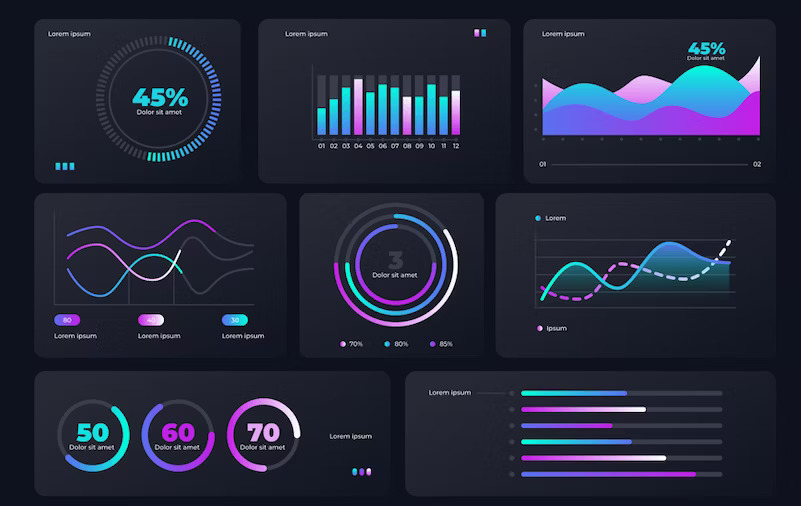
Elements like bar charts, pie graphs, and line plots are common in data visualization design, making it easier to compare values, understand proportions, and follow data changes over time.
In essence, data visualization design simplifies complex data into visually appealing formats, enhancing comprehension and aiding decision-making processes.
Examples of – where to use ‘data visualization design’: Infographics, Business reports, Financial dashboards design, Scientific research papers, Analytics for marketing design, Healthcare data analysis, Social media design for insights, etc.
Also Read: Types of Geometric Shapes
16. Customize T-shirt Design: With Graphics
The alternative to expensive marketing lies in budgetary & prominent solutions like printed T-shirts. They’re known as direct marketing materials. So, It’s one of the easiest ways to let people, including your staff, carry the brand identity with a fresh look.
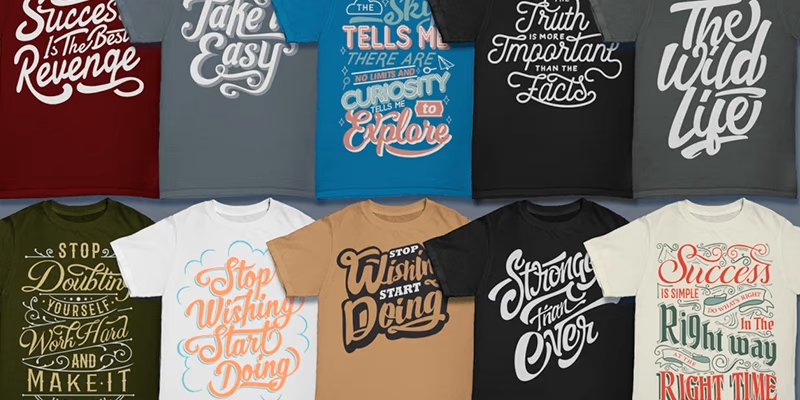
An outfit is something that draws attention instantly. Featuring your brand logo & company name on custom T-shirts is a realistic marketing idea. People will remember your brand. whenever the T-shirt is adorned. How useful!
Examples of – where to use ‘customize t-shirt design’: Promotional events, Gift shops, Sports teams, Family reunions, Fashion brands, Retail stores, and etc.
17. Human-Centered Design: Using Graphics
Also known as Design Thinking, human-centered design is all about the philosophy you implement in graphic design. An individual is at the core when you’re creating solutions with a human-centered design. This is how it differs from other graphic designs.
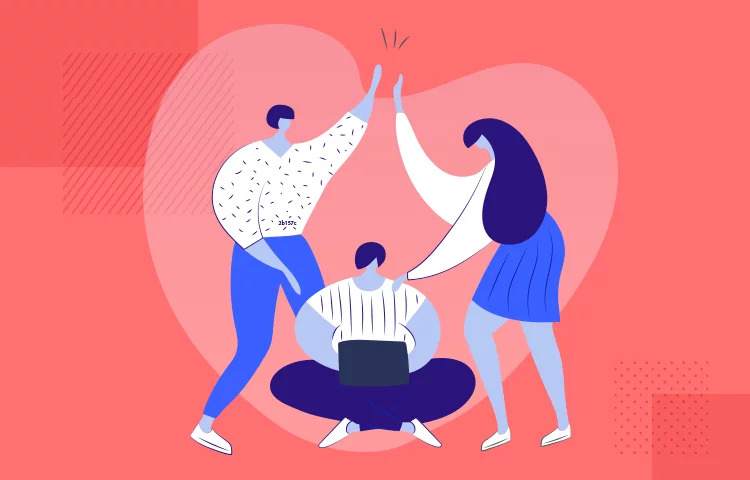
Using Graphics combines creative visual elements with user-centric principles, crafting a seamless synergy between aesthetics and functionality. Digital signage enhances human-centered design by delivering visually engaging, user-focused content in real-time, directly tailored to audience needs.
This approach enhances user experiences by leveraging intuitive graphics, making technology accessible and engaging for all.
Examples of – where to use ‘human-centered design’: Educational tools, Medical equipment design, Public space planning, Museum exhibits, etc.
The Benefits of Graphic Design
Clear Communication: Graphic design helps to convey messages and information in a visually appealing way, making it easier for people to understand.
Brand Identity: Graphic design creates logos, colors, and designs that make a brand recognizable and stand out from others.
Professionalism: Well-designed materials give a professional impression, showing that time and effort have been put into the presentation.
Engagement: Eye-catching graphics capture attention and keep people interested in the content, whether it’s on a website, social media, or printed materials.
Memorability: Good design leaves a lasting impact on people’s minds, making them more likely to remember your brand or message.
Clarity and Focus: Design organizes information, making it easier for the audience to grasp the main points without confusion.
Visual Appeal: Beautiful designs make content more enjoyable to look at, enhancing the overall user experience.
Versatility: Graphic design can be applied across various mediums like website design, poster design, business card design, and social media posts, maintaining a consistent look and feel.
Recommended Reads You Might Like
Best Graphic Designer Resume Examples
Graphic Design Flyer Ideas
Graphic Design Trends to Follow This Year
Logo Ideas for Graphic Designers
Creative Tumblr Graphics Designs Ideas
Creative Infographic Ideas to Inspire You
How to Create a Mood Board
20+ Mood Board Examples
Color Palettes in Flyers
Conclusion
In conclusion, the world of graphic design is a multidimensional realm where creativity and communication converge. Each of these 15 types of graphic design plays an important role in various aspects of our lives, whether we realize it or not. From establishing brand identities to shaping user interactions in the digital realm, graphic design serves as a powerful tool of expression and engagement.
If you’re seeking to enhance your brand’s visual appeal, engage readers with compelling layouts, or create an unforgettable online presence, understanding these diverse graphic design types is crucial. By harnessing the power of graphic design, you can transcend the ordinary and make a lasting impact.
FAQs
The different types of graphic design include logo design, web design, print design, packaging design, UI/UX design, illustration design, typography design, motion graphics design, environmental design, publication design, advertising design, social media graphics design, and infographic design.
Packaging design attracts customers and influences purchasing decisions through its visual appeal and brand representation.
Graphic design shapes how a brand is perceived visually. The consistent and well-executed design builds trust, conveys professionalism, and helps a brand stand out in a crowded market.
The most common types of graphic design styles are logo design, web design, print design, packaging design, and UI/UX design.
The most important graphic design trends include minimalism, bold typography, 3D design, sustainability, and vibrant color palettes.
To become a graphic designer, you can start by learning design software, practicing creativity through personal projects, building a strong portfolio, and considering formal education or online courses to enhance your skills.
Typography design focuses on arranging fonts and text to improve readability, convey tone, and enhance the overall visual appeal.
Illustration design involves creating custom visuals to convey concepts, often with a more artistic and personal touch.
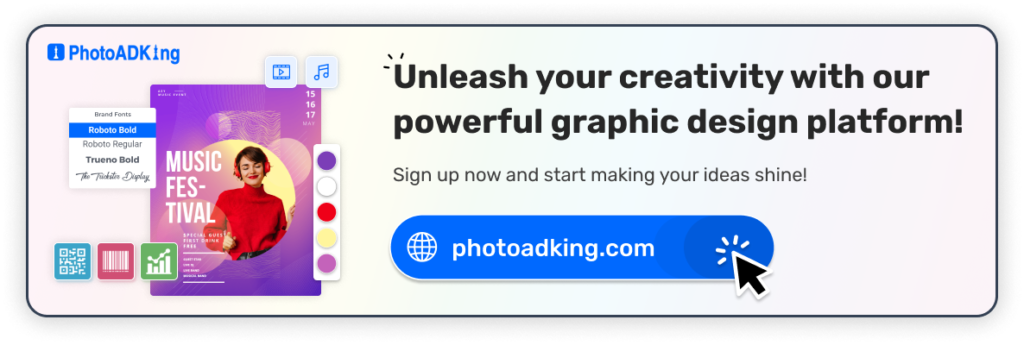

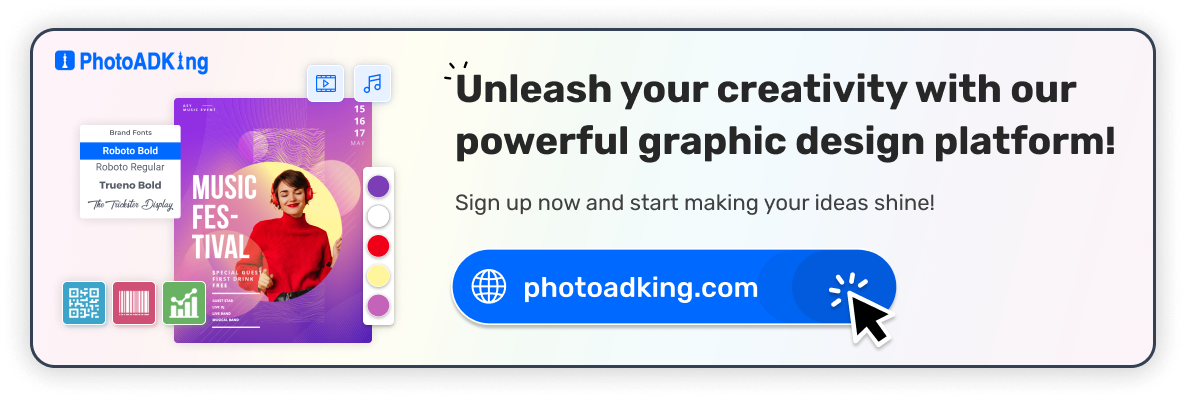
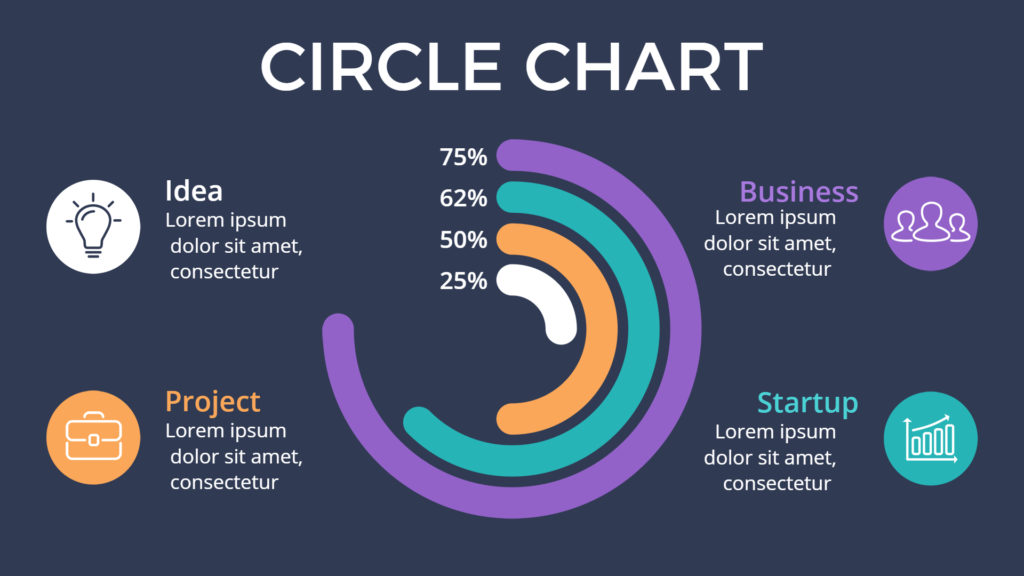


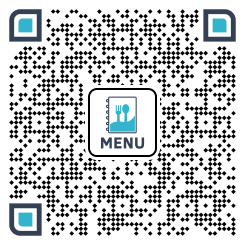

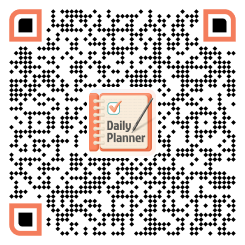
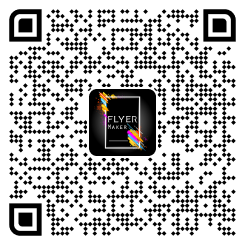
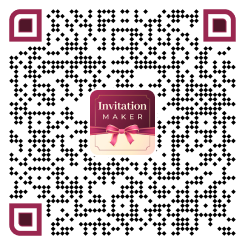
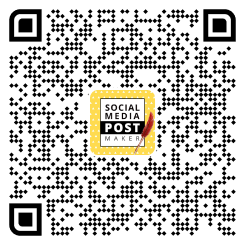
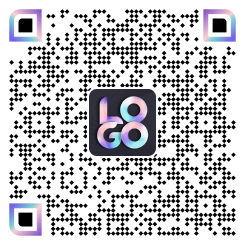
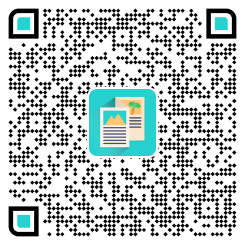
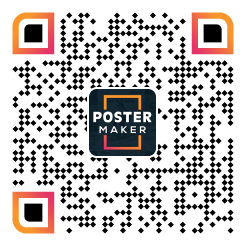
One Comment on “17 Types of Graphic Design You Need to Know”
Comments are closed.